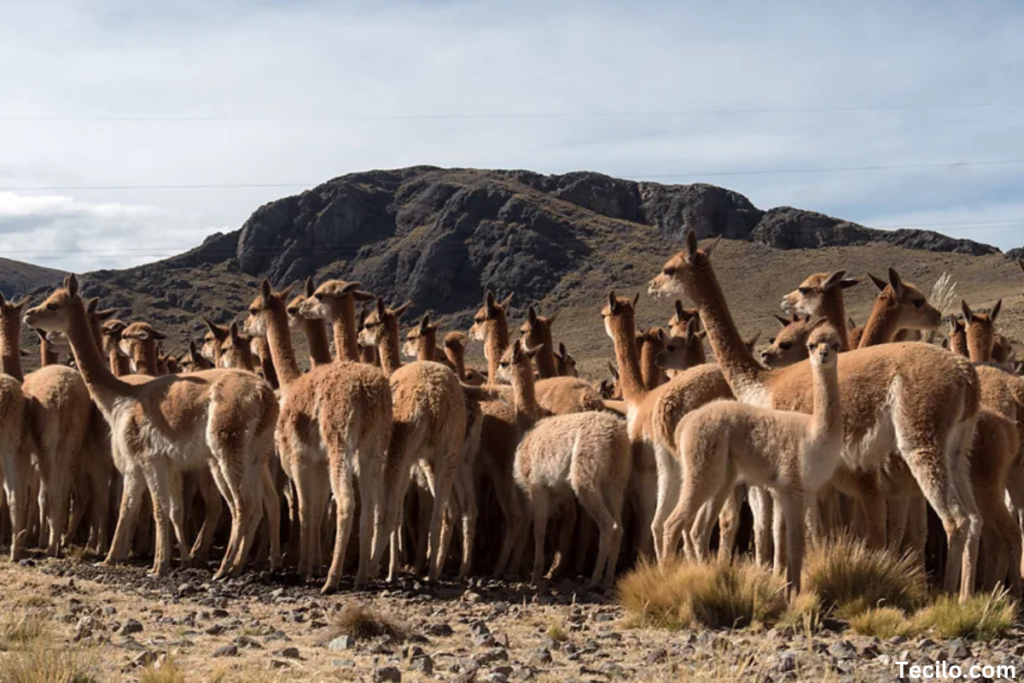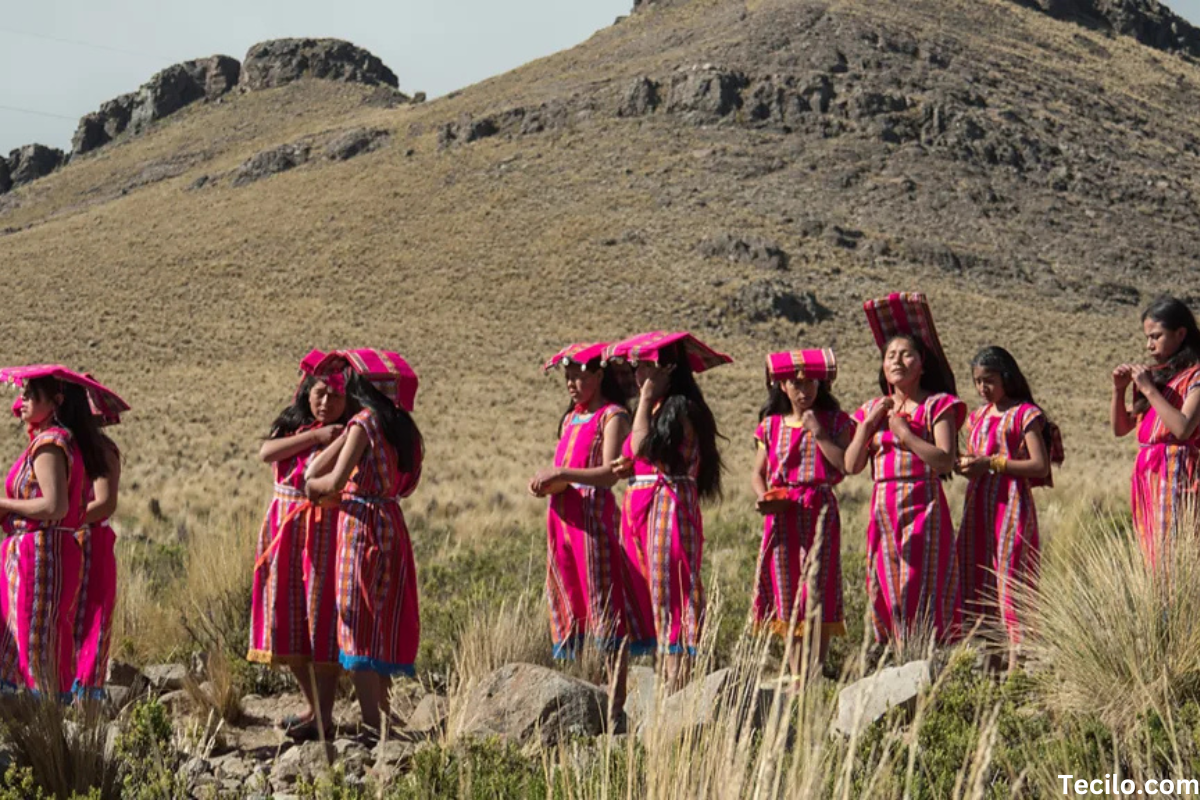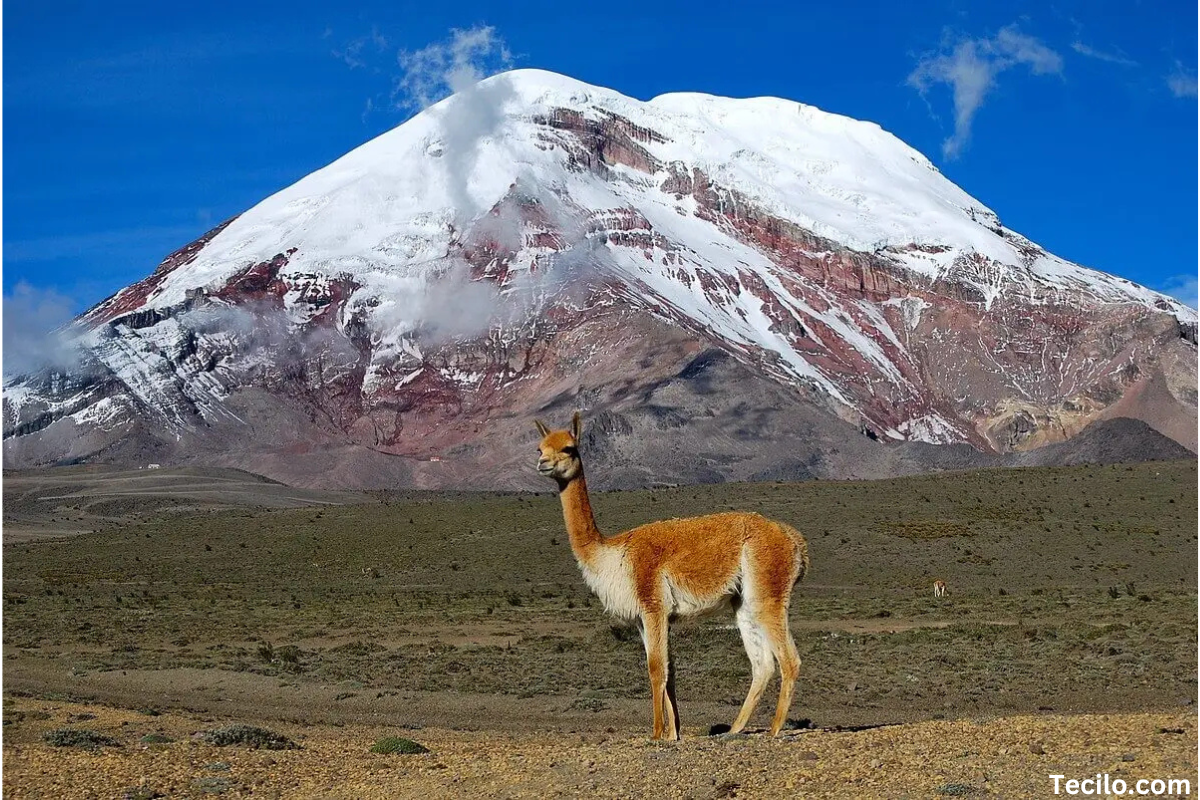
Vicuna is one of the most graceful and cherished creatures of the Andean highlands. Known for its incredibly soft wool and its importance to indigenous cultures, it holds a special place in the hearts of many. This elegant animal, often seen grazing at high altitudes, is a symbol of resilience, beauty, and sustainability. But what exactly makes it so unique?
Importance of the Vicuna in Andean Culture
For centuries, it has been intertwined with Andean culture, especially among indigenous communities. In Incan mythology, It was believed to be a gift from the gods. Its wool was so highly prized that only royalty could wear garments made from it. Even today, the Vicuna remains a symbol of prestige, luxury, and connection to the natural world.
What is a Vicuna?
The vicuna (scientific name Vicugna vicugna) is a member of the camelid family, which also includes llamas and alpacas. However, it’s the smallest of these species, standing at about 3 feet tall at the shoulder. They are known for their delicate features, with a slender neck and long legs that give them a graceful appearance.
Vicuna vs. Alpaca and Llama: Key Differences
At first glance, It might seem similar to alpacas and llamas, but there are significant differences. They are smaller and have finer wool compared to their larger cousins. While llamas are domesticated for transportation and alpacas for their wool, It’s remain wild, protected by law in many areas due to their once-threatened status.
The Habitat of the Vicuna
Where Do Vicunas Live?
They are native to the high plains of the Andes Mountains, found primarily in countries like Peru, Bolivia, Chile, and Argentina. They live at altitudes ranging from 11,000 to 16,000 feet, where the air is thin and temperatures can fluctuate dramatically between day and night.

Adaptations to the Andean Highlands
Living at such extreme altitudes requires special adaptation. They have a remarkable ability to survive in harsh conditions, thanks to their thick, insulating wool and a unique circulatory system that allows them to thrive with limited oxygen. Their wool is not only a natural defense against the cold but also serves as one of the finest and softest natural fibers in the world.
Vicuna Behavior and Social Structure
Group Dynamics and Herding Behavior
It lives in small family groups that consist of one dominant male, several females, and their offspring. The male is highly protective of his herd, warding off intruders and ensuring the safety of his group. These herds are tight-knit, often traveling and grazing together.
Territoriality and Mating Rituals
Males are territorial and will defend their space fiercely. During mating season, which usually occurs between March and April, males fight for dominance and mating rights. It male maintains his territory, while the others must find a new group or remain solitary until the next season.
The Conservation of the Vicuna
Historical Threats to Vicuna Populations
By the mid-20th century, their numbers had dwindled dramatically. Illegal hunting and poaching were rampant, and It were often killed for their pelts.
Conservation Efforts and Legal Protections
Thanks to concerted efforts by conservation groups and local governments, its populations have made a remarkable recovery. Legal protections, such as the creation of national parks and sanctuaries, have helped curb poaching. Today they are no longer endangered, but they are still classified as vulnerable, meaning their populations must be carefully managed to avoid future threats.
The Economic Importance of Vicuna Wool
The Unique Qualities of Vicuna Wool
It’s wool is renowned for its softness, lightweight feel, and insulating properties. It is one of the rarest and most expensive natural fibers in the world, with a single scarf often costing thousands of dollars. What makes it so valuable? The fibers are incredibly fine, even finer than cashmere, and only a small amount of wool can be harvested from each animal every few years.

Harvesting Vicuna Wool: Ethical Practices
The traditional practice of shearing Vicuna, known as “Chaccu,” has been revived as part of sustainable conservation efforts. The Chaccu is an age-old tradition that has been adapted to modern conservation needs, ensuring that are not harmed in the process.
Why is Vicuna Wool So Expensive?
Rarity and Quality Factors
The limited supply of it wool is one of the primary reasons for its high cost. It can only be shorn every two to three years, and each animal produces a minimal amount of wool. This rarity, combined with the meticulous process of collecting and weaving the fibers, drives up its value.
Legal Restrictions and Sustainability
Strict regulations govern the trade of Vicunawool to prevent illegal poaching and ensure the species’ survival. Only wool obtained through certified sustainable practices can be sold, and buyers are encouraged to purchase from ethical sources to support conservation efforts.
The Role of Vicunas in Andean Culture
Mythology and Symbolism in Indigenous Communities
In Andean mythology, It is often seen as a divine creature. It was believed that Vicuna were the reincarnations of beautiful maidens who were rewarded with a coat of golden wool. This mystical connection is still evident today in the reverence local communities hold for the animal.
Challenges Facing the Vicuna Today
Poaching and Illegal Trade
Despite legal protections, poaching remains a significant threat to vicunas. The illegal trade in wool continues to pose a challenge for conservationists, particularly in remote areas where law enforcement is limited.
Climate Change and Habitat Loss
Climate change poses a growing threat to Earth’s habitat. As temperatures rise and weather patterns shift, the delicate ecosystems of the Andean highlands are at risk. This could lead to reduced grazing areas and more competition for resources among wildlife.
How You Can Help Vicuna Conservation
Supporting Sustainable Wool Practices
One of the best ways to support Vicuna conservation is by purchasing wool from certified sustainable sources. These organizations ensure that the wool is harvested ethically, with no harm to the animals or their habitats.

The Future of the Vicuna: A Hopeful Outlook
Sustainable Wool Markets
The development of sustainable vicuna wool markets offers hope for both the species and local communities.




